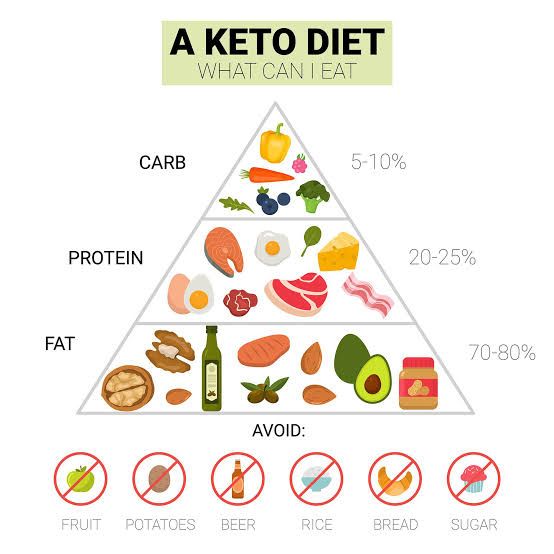The Ketogenic Diet: A Comprehensive Guide
By- Simarnoor Kaur
The ketogenic diet, often called the “keto diet,” is a high-fat, very-low-carbohydrate eating plan. The goal is to shift your body into a metabolic state called ketosis, where it burns fat for fuel instead of glucose from carbs. This is achieved by drastically reducing carbohydrate intake, typically to 20-50 grams per day.
When carbohydrate intake is severely limited, the body’s glucose stores are depleted. The liver then starts converting fat into ketones, which become the primary energy source for the brain and body. The diet typically emphasizes healthy fats from sources like avocados, olive oil, nuts, and seeds. Protein intake is moderate, coming from sources such as meat, fish, and eggs. Carbohydrates are mainly limited to non-starchy vegetables.
Potential benefits include weight loss, improved blood sugar control, and enhanced mental clarity. Some individuals with neurological conditions may also see positive effects. However, it’s important to be aware of potential drawbacks. The “keto flu” can occur during the initial adaptation phase, and adequate electrolyte intake is crucial.
Long-term adherence can be challenging due to its restrictive nature. Consulting a healthcare professional or registered dietitian before starting the keto diet is highly recommended, especially for those with health conditions or taking medications.
In conclusion, the ketogenic diet can offer benefits, but requires careful planning, informed choices, and professional guidance.







